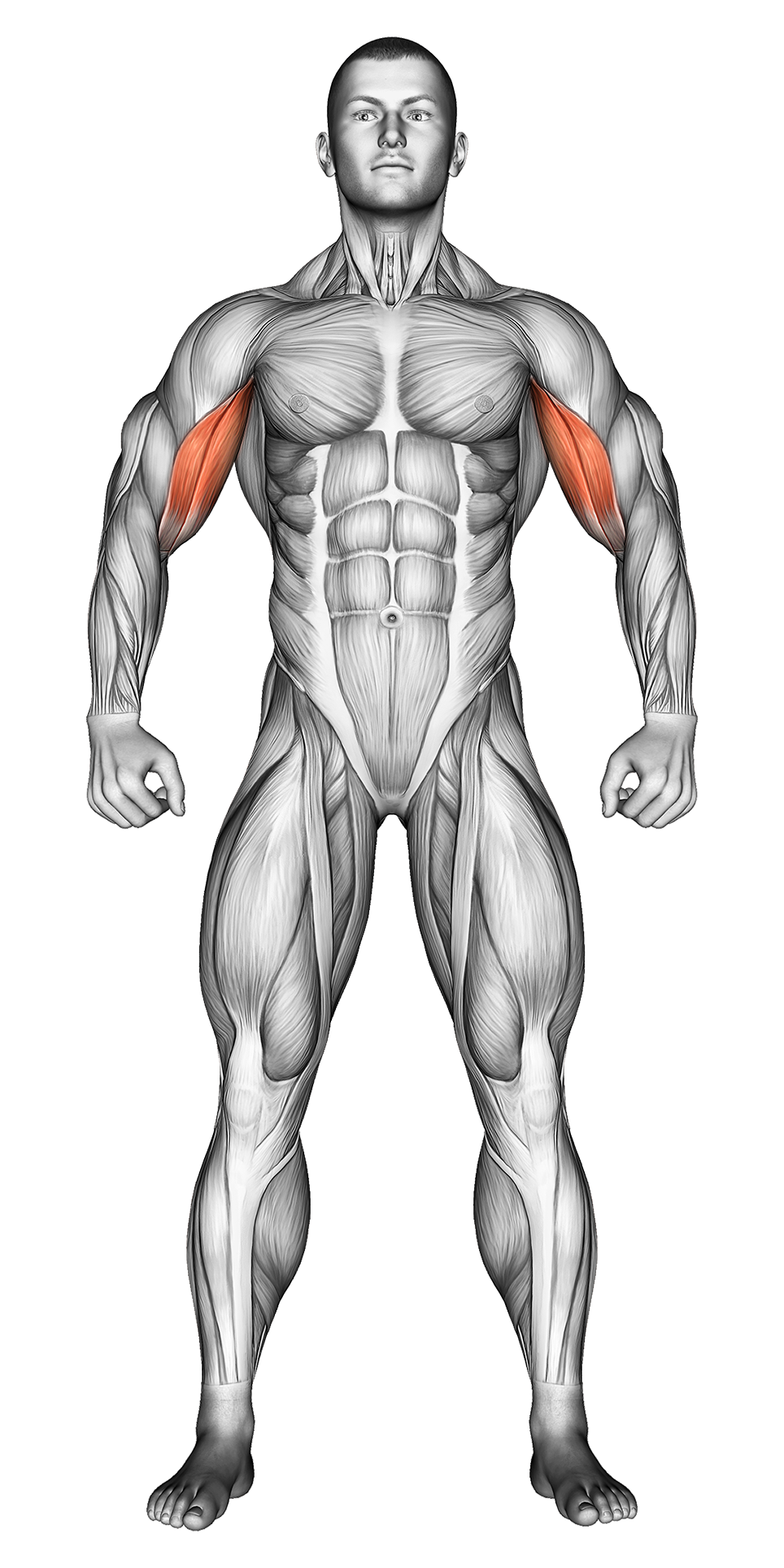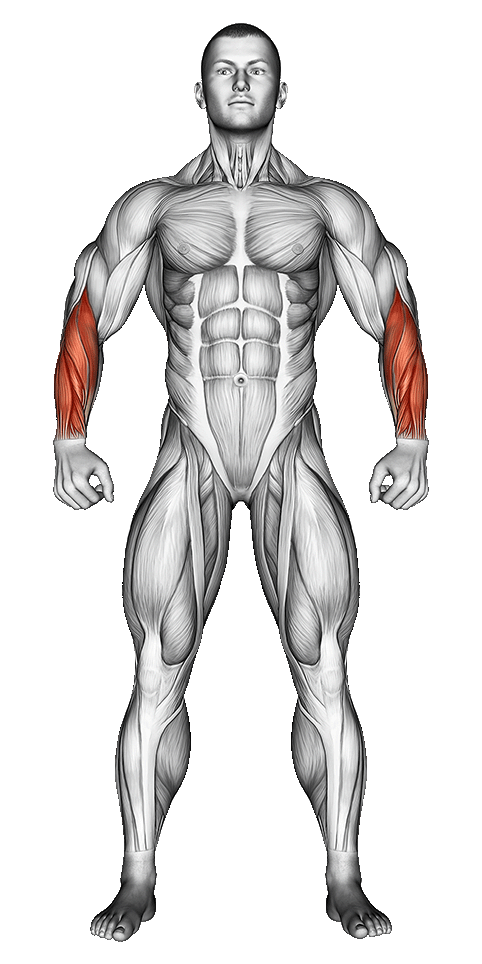Seated Dumbbell Curl: Video Tutorial & Exercise Guide

Written By: Ether Brown
Updated: Oct 13, 2024
| Workout | Seated Dumbbell Curl |
| Primary Muscle Group | Biceps |
| Secondary Muscle Group | Forearms |
| Equipment Required | Dumbbell |
| Force Type | Pull |
| Mechanics | Isolation |
| Exercise Type | Strength |
| Difficulty | Beginner |
Seated Dumbbell Curl: Video Tutorial & Exercise Guide
- 1.Seated Dumbbell Curl: Muscle Groups
- -1.1Primary Muscle Group
- -1.2Secondary Muscle Group
- 2.Seated Dumbbell Curl: Step-by-Step Guide
- 3.Seated Dumbbell Curl: Overview
- 4.Seated Dumbbell Curl: Benefits
- 5.Seated Dumbbell Curl: Pro Tips & Advanced Techniques
- 6.Seated Dumbbell Curl: Progression Plan
- 7.Seated Dumbbell Curl: Frequently Asked Questions (FAQs)
Secondary Muscles Group
Seated Dumbbell Curl: Step-by-Step Guide
- Step 1: Sit on a bench with your back straight and your feet flat on the floor, holding a dumbbell in each hand with an underhand grip (palms facing up). Let your arms hang fully extended by your sides.
- Step 2: Keep your elbows close to your torso and engage your core. Ensure your back remains straight and stable throughout the movement.
- Step 3: Begin curling the dumbbells upward by bending at your elbows, lifting the weights toward your shoulders. Focus on squeezing your biceps at the top of the movement.
- Step 4: Continue curling until your biceps are fully contracted, with the dumbbells near shoulder height. Hold the position briefly to maximize the contraction.
- Step 5: Slowly lower the dumbbells back to the starting position, maintaining control throughout the entire range of motion. Repeat for the desired number of reps.
Seated Dumbbell Curl: Overview
The Seated Dumbbell Curl is a highly effective exercise for isolating the biceps and minimizing the involvement of other muscle groups. Performing the curl while seated reduces the use of momentum, making it easier to focus on controlled movement and full contraction of the biceps. This exercise is great for building strength and size in the upper arms.
Seated Dumbbell Curls are suitable for all fitness levels and can be incorporated into any arm workout routine. They are an excellent variation for maximizing bicep engagement and improving muscle control.
Seated Dumbbell Curls: Benefits
Seated Dumbbell Curls allow you to isolate your biceps, improving muscle activation and helping to build both strength and size. By removing the ability to use your lower body for momentum, this exercise forces your biceps to work harder, promoting greater muscle growth.
Additionally, this exercise improves muscle control and enhances the mind-muscle connection, making it easier to focus on the contraction of the biceps throughout the movement. Seated curls also reduce strain on the lower back by keeping you stable in a seated position.
Seated Dumbbell Curl: Pro Tips & Advanced Techniques
To get the most out of Seated Dumbbell Curls, focus on slow, controlled movements. Avoid swinging the weights or using momentum. For an added challenge, slow down the lowering (eccentric) phase, or try alternating arms for unilateral training. You can also hold the contraction at the top of the movement for 1-2 seconds to increase tension on the biceps.
Seated Dumbbell Curls: Progression Plan
Beginner
Intermediate
Advanced
Seated Dumbbell Curl: Frequently Asked Questions (FAQs)
What muscles do Seated Dumbbell Curls target?
+Seated Dumbbell Curls primarily target the biceps brachii, but they also engage the brachialis and brachioradialis to a lesser extent.
Are Seated Dumbbell Curls suitable for beginners?
+Yes, this exercise is beginner-friendly. Focus on using light dumbbells at first to perfect your form before progressing to heavier weights.
How often should I include Seated Dumbbell Curls in my workout?
+Incorporate Seated Dumbbell Curls into your arm routine 1-2 times per week. Allow your biceps to recover between sessions for optimal muscle growth.
What common mistakes should I avoid?
+Avoid swinging the dumbbells or using momentum to lift the weight. Focus on slow, controlled reps and keep your elbows close to your torso.
Can I use variations of Seated Dumbbell Curls?
+Yes, you can perform alternating curls or use different grip positions, such as a hammer grip, to target different parts of the biceps and forearms.
Share
Don’t Wish for It, Work for It – Join the FlexXP Newsletter Today!
Thank you for signing up for the FlexXP Newsletter!
This site is protected and the Google Privacy Policy and Terms of Service apply.

